Curious Facts on The Palm House, UK: From Record-Breaking Plants to Medical Breakthroughs, Discover More about This Incredible Greenhouse
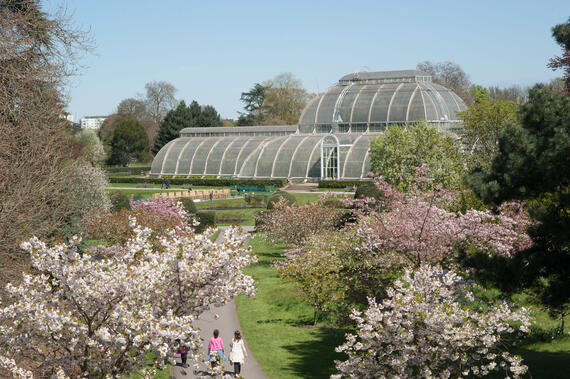
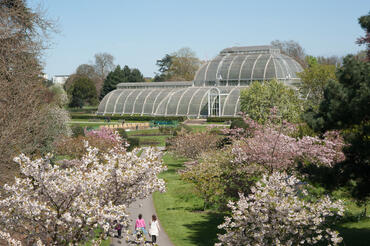
Almost 30,000 living plant specimens are contained within Royal Botanic Gardens, Kew, making the southwest London garden the largest collection of its kind in the world. One of the most iconic elements of Kew’s landscape is the Palm House, an elegant glass-and-steel structure recreating a tropical rainforest that is home to plants from some of the world’s most threatened environments.
Discover more about the Palm House, which along with Kew’s Waterlily House is one of our active project sites:
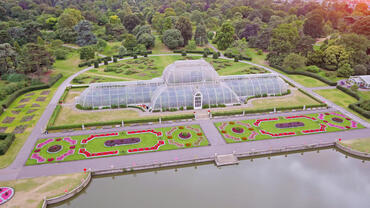
The shape of The Palm House is inspired by that of an upturned ship.
Decimus Burton and Richard Turner borrowed techniques from shipbuilding in order to create the innovative design, which was the largest glass building in the world at the time of its construction.
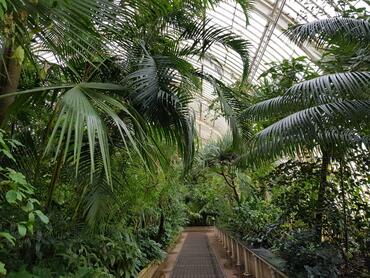
The Palm House contains the world’s oldest potted plant.
The plant, a giant cycad from South Africa, has resided at Kew since 1775. On average, it grows less than an inch per year.
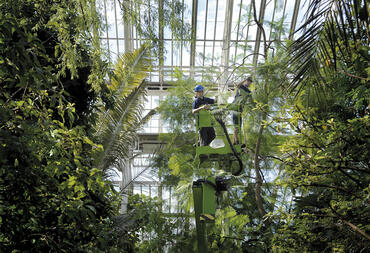
Kew's plants plays a major role in new scientific discoveries.
Dubbed a “living laboratory,” the Palm House’s extensive collection of rare and exotic species fuels research in a wide variety of subjects, from DNA sequencing to medicinal breakthroughs to innovations in agriculture.
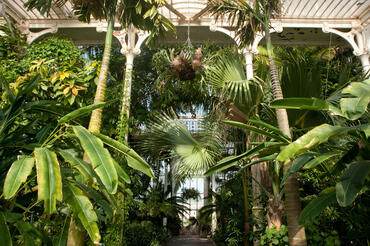
Many of the species represented in The Palm House are almost extinct in the wild.
As such, the Palm House is a key resource for those looking to better understand—and defend—critically endangered species from the tropics. Climate advocacy is a vital part of the Palm House’s mission. Part of World Monuments Fund’s (WMF) project at Kew will include updated information panels emphasizing the importance of rainforests to the environment as a whole and especially to the Indigenous peoples who inhabit them.
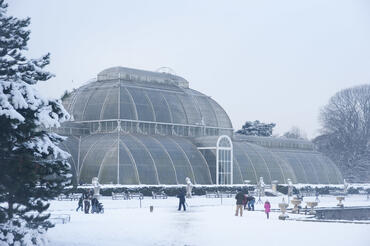
The Palm House is still using a Victorian heating system.
The building’s heating and insulation—a crucial part of its ability to care for tropical plants—are in need of an update. As well as being expensive to maintain, the current system is also energy inefficient. In early 2023, Kew and WMF announced an ambitious plan to restore the Palm House to make it carbon neutral, in line with Kew’s sustainability strategy. Successfully making such an important heritage building carbon neutral would be a world first—and WMF hopes that it can serve as a blueprint for other similar structures around the world.
World Monuments Fund's work at Kew Gardens has been made possible, in part, by support from Hélène Marie and Jake Shafran, The Robert W. Wilson Charitable Trust, Nora McNeely Hurley and Manitou Fund, and James and Clare Kirkman.
